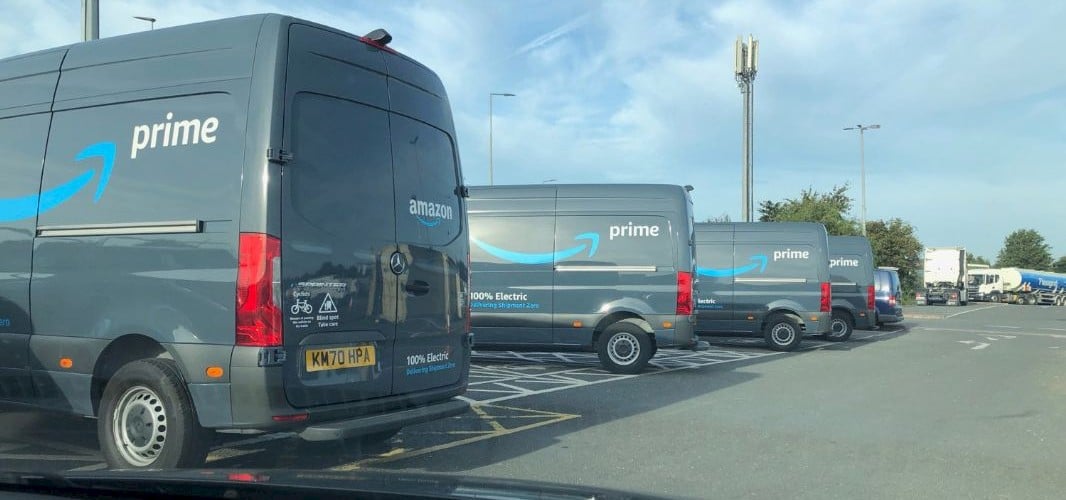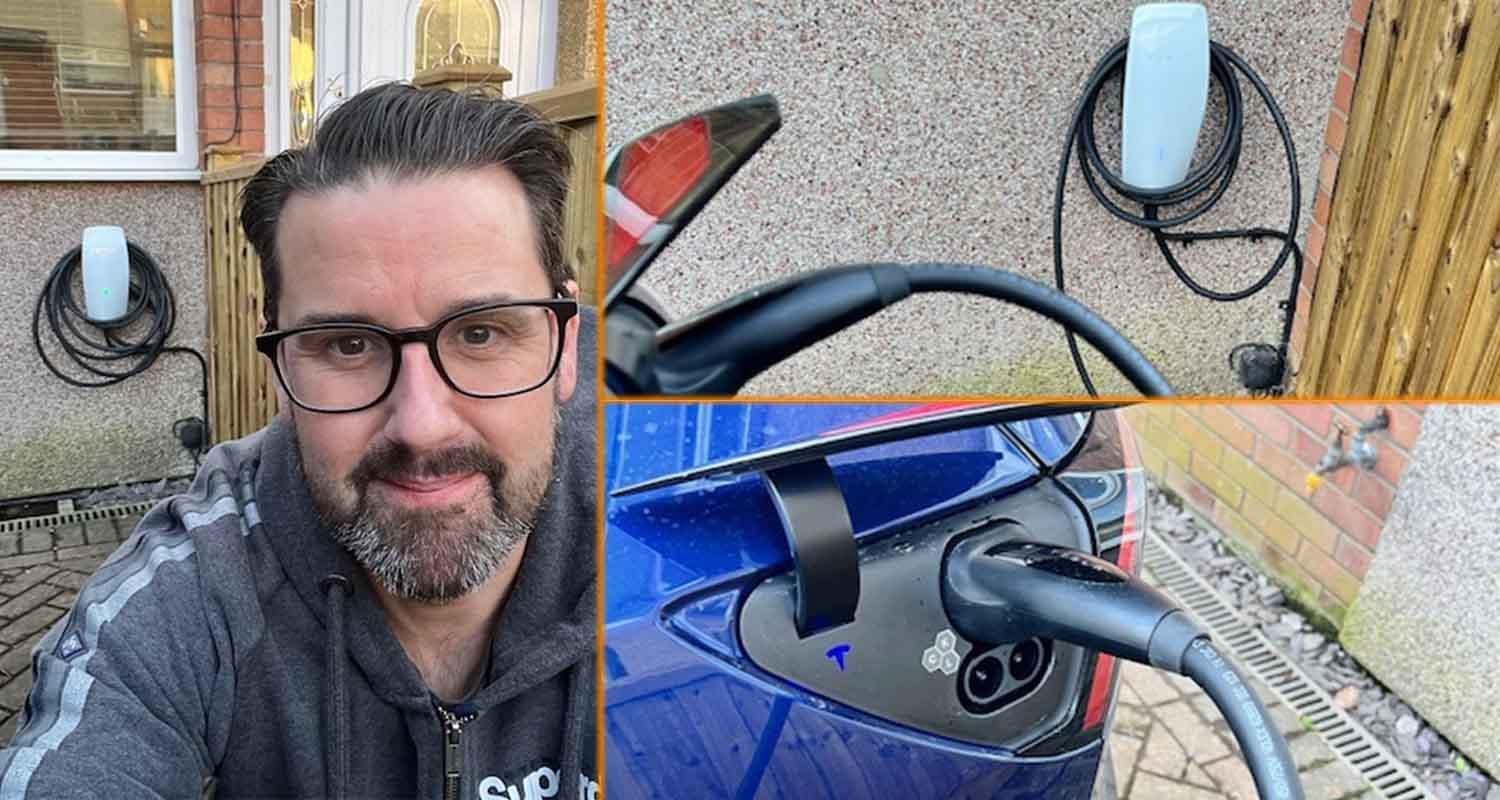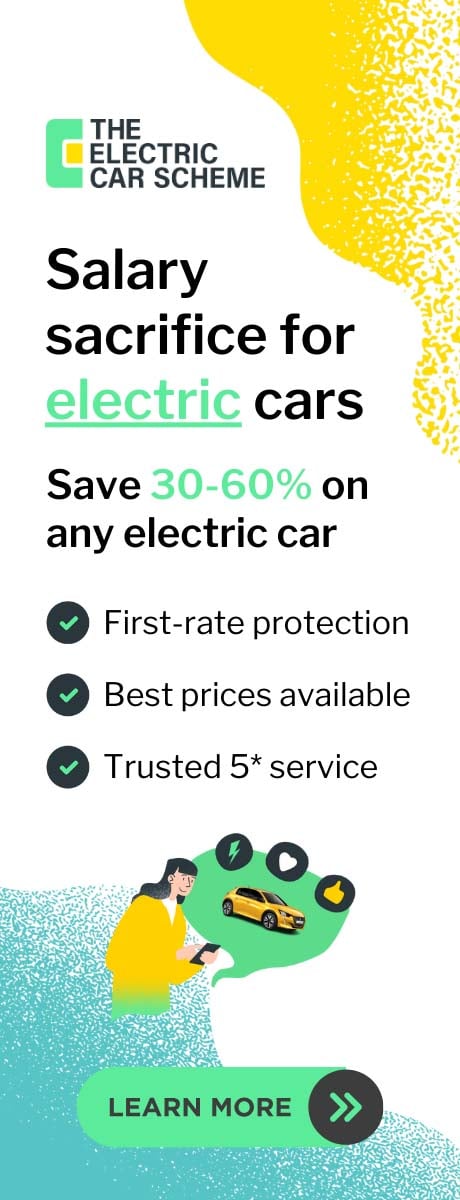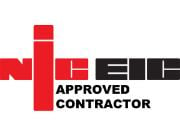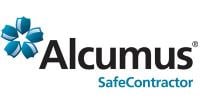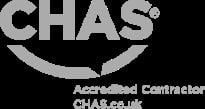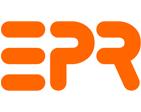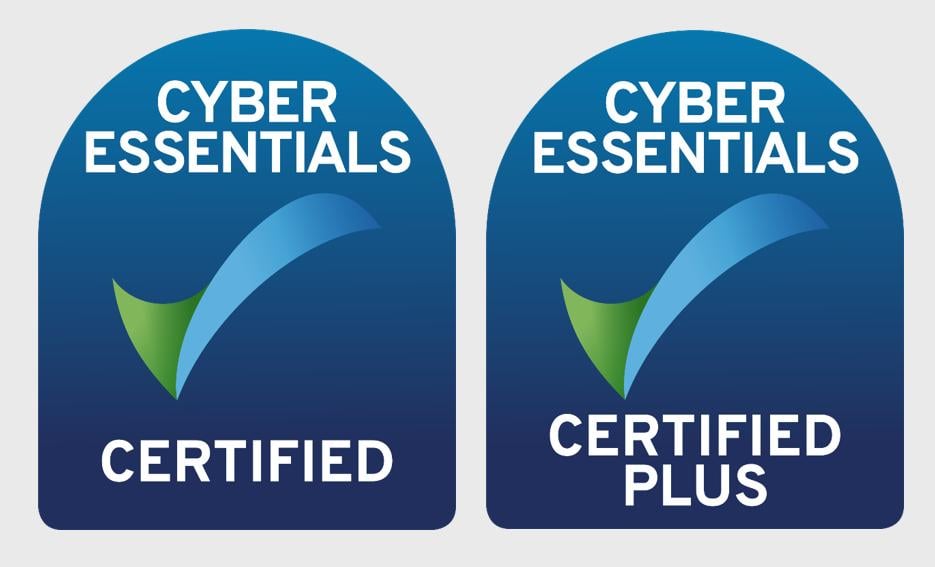Plugged In - with Ashley Tate, chief executive and co-founder of Mina
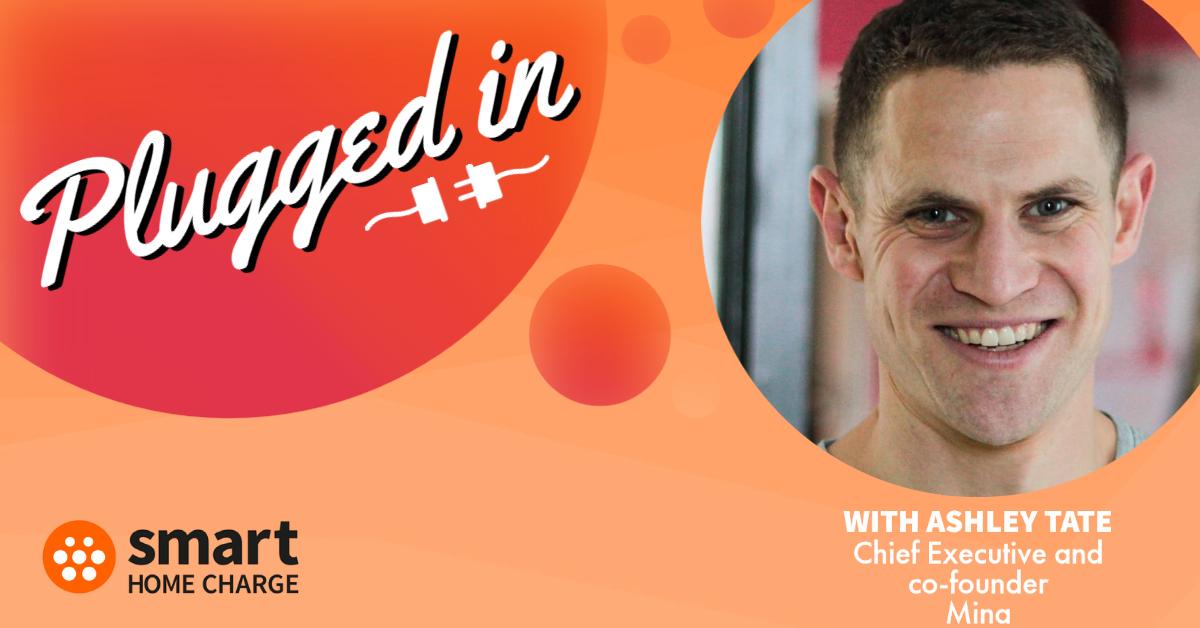
The electric vehicle (EV) revolution has brought with it some interesting new obstacles that are creating space for innovators to shine.
Fleets and businesses are increasingly making the switch to zero-emission driving, but that brings up the question - how do you go about paying for charging and reimbursing the costs?
Home charging will be the predominant means of powering most fleet vehicles, and also among the greenest and cheapest, but it also means the employer potentially risks ceding control of a central element of fleet operation to employees.
It's actually an area that causes many headaches for businesses and the main driving force behind Ashley Tate co-founding Mina, alongside Chris Dalrymple and Andrew Gunn.
Mina was created to help businesses manage the EV charging bills of employees running electric company cars and vans whether they are charging at home or using public charging stations.
Ashley, chief executive at Mina, said that previously charging an EV used for business meant a complicated and often inaccurate reimbursement process.
This meant that occasionally EV drivers were losing out financially, or sometimes businesses were out of pocket and no one came away happy.
Mina pays for the drivers’ energy used while charging at home directly to their energy provider.
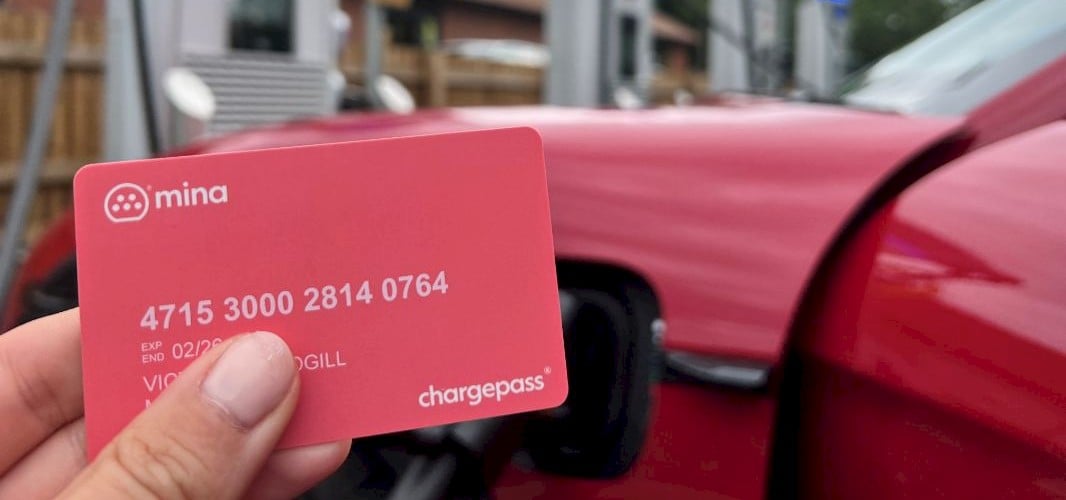
Mina's Chargepass is used in place of a contactless bank card with compatible charge points.
Using Mina’s Chargepass (a bit like the evolution of a fuel card but specifically for EVs) also means drivers can charge on the go giving them access to thousands of public charge points across the UK.
Mina sorts out all billing whether at home or using public charging stations to create accurate billing for the driver and the employer.
The company estimates that a fleet with around 100 vehicles would save between 600 and 1,000 hours a year in admin responsibilities by using Mina’s system.
The business has attracted investment from leading fuel card provider Fleetcor, which is looking to future proof ahead of the fossil fuel-free future.
"In a fleet space where ultimately your employer is paying you for your energy, it's really important that that tariff is accurate. Otherwise, you're paying too much or too little"
Ashley stated.
The system works by linking the data from the charge point a fleet driver has installed at home with their energy supplier and account number. Once Mina has the right information, it can start tracking the right data and provide accurate billing and payments.
The idea is that once an EV driver is set up, any complications around billing are all sorted and charging would take place as normal.
When charging out on the road, drivers can tap their Chargepass card on a compatible public charge point. The Chargepass then links the account associated with that vehicle to the energy costs of the driver.
There’s no app download needed for Charepass and nothing for the fleet driver to pay and no expenses to claim. Businesses can also access Mina’s reporting system called Fleet Portal to claim back VAT from charging sessions started with the driver's Chargepass.
Looking to electrify your fleet?
We have a range of home charge points to suit most of your fleet's charging needs. Visit our fleet charging solutions page to find out how we can help build your fleet's home charging infrastructure.
Splitting the bill

Before Mina, Ashley ran a business called 'Split The Bills', which was made to make bill splitting between housemates easier. Working closely with the energy sector with this start-up company would also pave the way for starting Mina at a time when the charging networks were relatively small, way before the current explosion in public infrastructure.
Ashley said: "We saw that companies were moving employees from diesel vans with a fuel card to then switching to an EV and recharging at home.
How do businesses pay for that electricity for a work vehicle accurately? The charge point is a really reliable source of consumption and the energy supply is a really reliable source of tariff. Mina's system puts those two together to calculate the real cost. As an EV driver you just plug in and we capture the costs."
An open goal
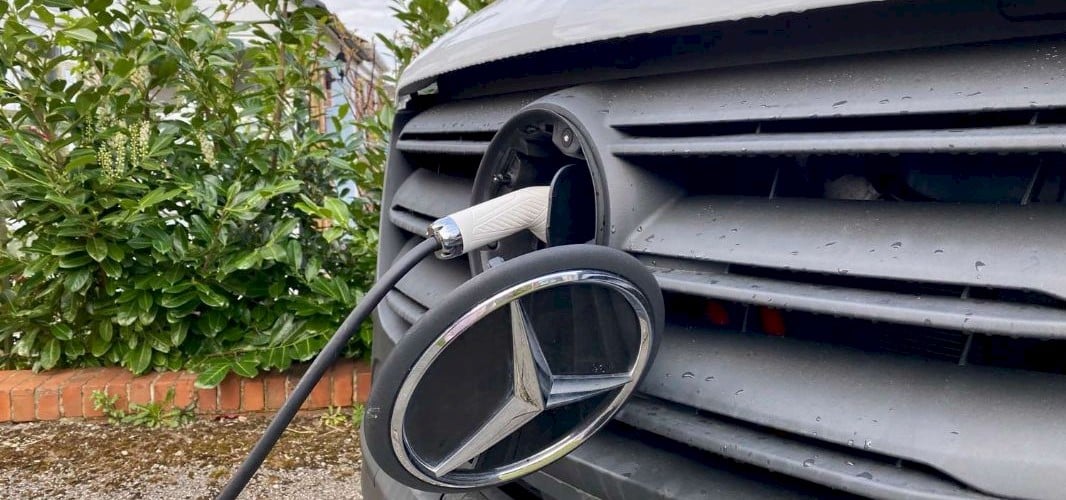
Sometimes the best ideas are the most simple. How is it that businesses started adding EVs but there was no real joined-up way to sort out the costs for charging?
Ashley stated that there are currently no real competitors to Mina due to the difficulty with joining up the systems across any charge point and operator.
He said: "For example, we started talking to Pod Point really early on. We've got relationships with these commonly closed systems. I think if Mina came along today, it would probably be a lot harder to speak to these charging network operators because they’ve become so much bigger now.
We also spent the best part of 10 years working in energy, so had a lot of existing relationships with energy suppliers and specifically paying energy suppliers. Part of the success between Mina, energy providers and charging networks is also that the service works as a benefit to sit alongside everything they all do mutually."
The biggest challenges facing EV adoption
Mina’s mission is to accelerate the transition to EVs by making paying for charging radically simple. The only problem is that fleets are currently struggling to get hold of the electric cars and vans to switch to.
The global supply shortage of semiconductors (electronic parts needed to finish many vehicles) have caused a knock-on effect to the point where fleets are having to wait many months, some even until 2023 to get hold of new EVs.
Ashley explained that some businesses are having to make decisions about their next vehicle and if EVs aren’t available, it means some are almost being forced to keep a petrol or diesel option.
He said: “There’s also some big rivalry in the fleet sector for those that want to lead the way with how quickly they can switch to EV. Companies like Amazon and DPD are very competitive when it comes to their ambitions. I think part of this is driven by consumers too.
You probably feel better buying from Amazon or getting a delivery from DPD when you see that it's an electric van that pulls up, rather than a five-year-old diesel."
While it's an area Mina is very focused on, Ashley honestly thinks the difficulties around accurate payment for charging is another barrier holding some companies back from making the switch, stating that “Unless you have a dedicated fleet manager it’s often no one’s job in the business to fix that problem around any difficulties with payments for charging.
Mina is currently working on creating integrations so businesses with workplace charging can also have payment visibility across this area. We wouldn’t facilitate the payment of the electricity at workplace charging as this is already taken care of, but we want to be able to provide a picture of a centralised cost for charging each vehicle.”
Expansion of ChargePass to Europe

Mina has already launched in Ireland, which provides a view of how the business can operate with different currencies and energy providers outside the UK. Further expansion into Europe is on the cards, but the UK will be the main area of focus for the foreseeable future.
Ashley said: “A lot of startups build a business and then want to expand into international markets straight away. The UK market size is a significantly big business so we don’t want to try and run before we can walk.”


